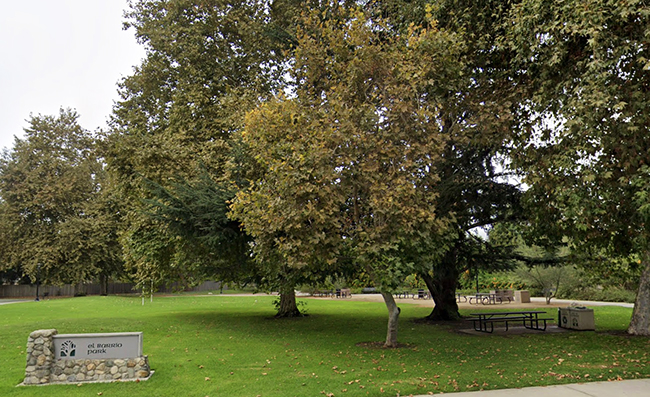VIEWPOINT: The lessons of Hercules
by Jim Belna
Fifteen years ago, at time when California was confronting a statewide power shortage, Hercules (a small town in Northern California) came up with a bold plan to provide safe, reliable, and cost-effective electric service to some of its residents – by creating the Hercules Municipal Utility (HMU) as an alternative to the existing service provided by Pacific Gas & Electric (PG&E), a for-profit corporation.
According to a history of HMU published in 2005, there were several reasons why Hercules decided to start a city-owned utility – most notably the potential to return profits back to residents instead of shareholders, and the ability to exercise local control over the electric system.
The city held numerous public workshops to review the proposal and receive citizen input. Hercules also engaged the services of an expert energy services consultant, and commissioned a feasibility study to determine the economic and operational viability of a city-owned utility.
HMU went operational in 2002, and by 2005 the city was projecting that the system would be profitable within two years. The 2005 history concludes with the following statement:
As more of an outlook toward tomorrow, the City Council knows full well the evolution of this utility will be exactly that, “an evolution.” The road ahead will have obstacles and challenges, but in the end it will be an asset the future generations of Hercules will consider a blessing. It is an opportunity for the residents of this city to control its own destiny at least with regards to their electric utility.
To the council’s surprise, the projections turned out to be wrong. Rather than making money, the system lost $9 million in seven years of operation and had to borrow heavily from the city’s general fund to cover the shortfall. To add insult to injury, electric bills were as much as 30% higher than what PG&E was charging in adjacent neighborhoods.
Earlier this year, Hercules finally pulled the plug on this failed experiment in local control. The city sold HMU back to PG&E for $9.5 million, $3 million less than the face amount of its outstanding debt. Fortunately HMU’s bonds had already been downgraded to junk status, so the sales proceeds were just enough to close out this ill-fated chapter in the city’s history.
Hercules was not the first city – and certainly won’t be the last – to lose money on a promising idea. While there are some differences between the HMU project and the proposed takeover of Claremont’s water system, it is impossible to ignore the similarities – and we do so at our peril.
If anything, Hercules had a far better shot at success than we have. They didn’t need an expensive legal fight to take over the electric utility, there was no uncertainty about the purchase price, and the feasibility study projected that HMU would be profitable almost immediately. Despite these advantages, Hercules quickly learned two painful lessons: it is hard to predict the future, and even harder to pay-off debt.
Whether it is only $13 million in the case of Hercules, or possibly as much as $135 million here in Claremont, the cold reality is that the bondholders have to be paid every single month, no matter what. If you don’t sell as much electricity or water as you originally planned, your rates will have to increase to make up for the lost revenue – and when you can’t raise rates anymore, it will be time to raid the general fund.
Hercules didn’t do anything obviously wrong – the idea looked good on paper, and it was blessed by the “experts” – but they still lost millions of dollars and narrowly averted bankruptcy. We should not fool ourselves into believing that it can’t happen here. And if it does, we will have no one but ourselves to blame.








0 Comments